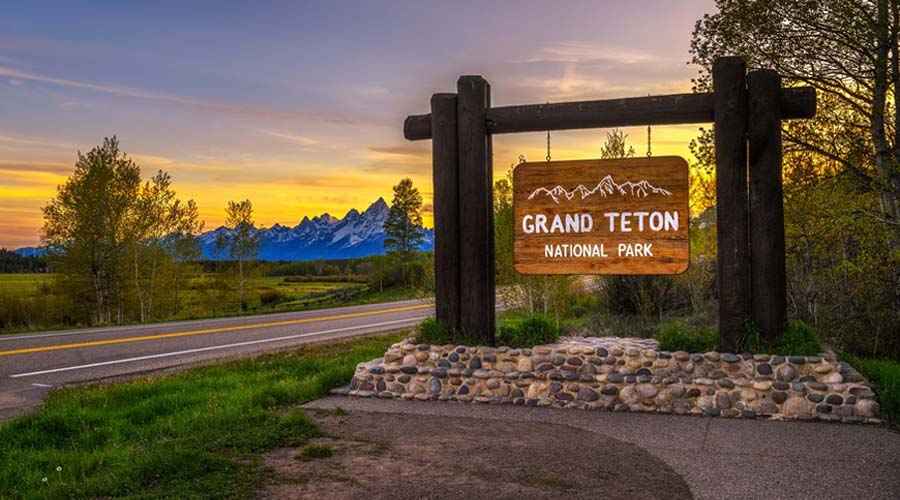Rajasthan, the largest state in India, is celebrated not only for its majestic forts and vibrant culture, but also for an incredible tapestry of wildlife sanctuaries and national parks. From the rolling hills of the Aravallis to the golden expanse of the Thar Desert, Rajasthan’s national parks offer thrilling opportunities to explore rare flora, encounter elusive creatures, and witness migratory birds in spectacular settings. Here are the top 10 national parks in Rajasthan that provide fascinating windows into the region’s wild heart.
1. Ranthambore National Park
Set in Sawai Madhopur, Ranthambore is perhaps the most iconic national park in Rajasthan. It sprawls over 1,334 square kilometers and is famous for its thriving population of Bengal tigers. The park’s landscapes blend rugged terrain with tranquil lakes, ancient ruins, and the imposing Ranthambore Fort, offering both wildlife and history lovers a captivating destination. Visitors might spot leopards, sloth bears, sambars, hyenas, and an impressive array of birds. Tiger safaris are a highlight, and Ranthambore’s tigers are known for being visible, making it one of the best places in India to see these magnificent big cats in the wild.
2. Keoladeo Ghana National Park (Bharatpur Bird Sanctuary)
This UNESCO World Heritage Site in Bharatpur is a haven for avifauna with over 366 bird species. The wetlands here attract migratory birds from as far as Siberia and Central Asia, especially during winter. It is heralded for being one of the world’s finest bird sanctuaries—spotting sarus cranes, painted storks, pelicans, and the rare Siberian crane is a delight for ornithologists. The park also supports myriad plant, animal, and amphibian life, making it vital for ecosystem conservation.
3. Sariska National Park
Nestled in the Aravalli hills of Alwar, Sariska Tiger Reserve is home to Bengal tigers, leopards, jackals, sambar, and nilgai. Its dry deciduous forests and scrubland are ideal for wildlife exploration. Sariska’s historic Kankwari Fort and temples enhance its appeal, letting travelers immerse themselves in both nature and heritage. The park’s tigers are being successfully rehabilitated, and safaris offer the chance to see elusive predators alongside herds of deer and boar.
4. Desert National Park
The Desert National Park, stretching around Jaisalmer, is a showcase of the Thar’s unique ecology. It covers 3,162 square kilometers and protects endangered creatures like the Great Indian Bustard. Visitors find blackbucks, desert foxes, chinkaras, and rare reptiles in its sandy dunes and rocky outcrops. Its fossil beds reveal prehistoric flora and fauna, while desert safaris provide an unforgettable experience of Rajasthan’s arid landscapes.
5. Kumbhalgarh Wildlife Sanctuary
Encircling the mighty Kumbhalgarh Fort, this sanctuary in Rajsamand district sustains a diverse ecosystem over 578 square kilometers. Famous for its population of wolves, leopards, hyenas, sloth bears, and several antelope species, the sanctuary is also known for birdlife including parakeets, peacocks, and doves. Treks and jeep safaris offer panoramic views of the lush forests framed by fort ramparts.
6. Mount Abu Wildlife Sanctuary
Located in the cool climes of Rajasthan’s only hill station, Mount Abu, this sanctuary houses over 250 bird species and a rich assortment of flora, including rare orchids and medicinal plants. Indian leopards, jungle cats, sambar, and porcupines roam its terrain. Its location offers stunning vistas of the surrounding hills and valleys, making it a relaxing yet exhilarating escape, especially for nature lovers and trekkers.
7. Sajjangarh Wildlife Sanctuary
Set against the romantic backdrop of Udaipur, Sajjangarh Wildlife Sanctuary surrounds the picturesque Sajjangarh Palace, also known as the Monsoon Palace. It is home to blue bulls, hares, jackals, wild boars, hyenas, and panthers. The sanctuary is especially recommended for sunset excursions, with panoramic views of Udaipur’s lakes shimmering below the hills.
8. Jawai Leopard Sanctuary
This lesser-known gem in the Pali district is renowned for its leopard population thriving among rocky outcrops. Jawai is also a birdwatcher’s paradise, supporting flamingoes, cranes, and other migratory birds in its scenic wetlands. Village tours and leopard safaris are unique attractions here, offering insight into the harmonious co-existence of wildlife and local communities.
9. Jhalana Leopard Conservation Reserve
Located right beside Jaipur city, Jhalana Reserve is famous for easy leopard spotting and is Rajasthan’s first leopard reserve. The area supports jungle cats, hyenas, desert foxes, and over 90 bird species. Jhalana’s proximity to Jaipur makes it a popular wildlife destination for both locals and tourists seeking half-day adventures.
10. Gajner Wildlife Sanctuary
Situated near Bikaner, Gajner Sanctuary is spread across 32 square kilometers and once served as hunting grounds for Bikaner’s royalty. Today, it’s a thriving habitat for wild boar, deer, nilgai, chinkara, and a variety of migratory birds. Its tranquil lakes and woodlands offer beautiful picnic spots and are best visited during winter for birdwatching.
Why Rajasthan’s Parks Are Special
Rajasthan’s national parks and sanctuaries highlight the spectacular diversity of India’s wildlife, from the tigers in Ranthambore to the birds in Keoladeo and the bustards of the Thar. These parks are crucial not only for conservation, but also for fostering eco-tourism and offering immersive travel experiences. Safaris, treks, birdwatching tours, and heritage visits make each park a unique adventure.
Practical Tips
- Best time to visit: October to March, when wildlife sightings are plentiful and the climate is comfortable.
- Booking: Advance booking for safaris is highly recommended during peak months.
- Guides: Certified naturalists enhance the experience with their local expertise.
- Conservation: Respect all park rules, avoid noise pollution, and do not litter—protect these natural treasures.
Conclusion
For every traveler, nature enthusiast, or wildlife photographer, Rajasthan’s top 10 national parks offer extraordinary diversity, enriching India’s already vibrant tapestry. From tiger trails to bird nests and desert safaris, these protected areas reveal the soul of Rajasthan—wild, beautiful, and timeless.

